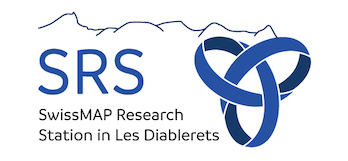Speaker
Description
In the last two decades, the derivative expansion has been employed with great success to compute physical quantities in critical phenomena within the non-perturbative renormalization group. This success was achieved by implementing the approximation scheme to high orders which brought, alongside, various conceptual insights regarding its behaviour. The general idea relies on finding fixed points of the non-perturbative renormalization group flow equation, which is equivalent to the Ward-identity for dilatations, by considering a certain ansatz expression for the effective action with all possible terms up to a given number of derivatives. Additionally, at these fixed points conformal symmetry is expected to take place as an emergent property of the system instead of only exhibiting scale invariance. This opens the door for the use of information or constraints arising from conformal symmetry in order to compute physical quantities in this physical regime. In this talk we discuss conformal symmetry constraints for the vertices at the fixed point and how is the behaviour of these constraints within the derivative expansion applied to the Ising model universality class. This allows for the use of conformal invariance as a way of fixing spurious parameters within the derivative expansion. We then propose a way to rethink this conformal constraints and propose a new way of implementing the derivative expansion when conformal symmetry is realized and show results regarding the quality and precision of this approximation scheme.

